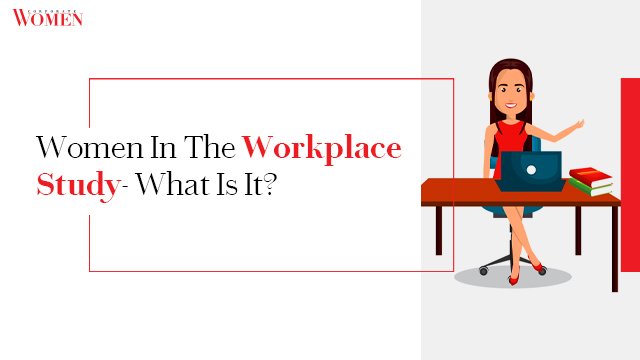Amplify Your Leadership Voice Worldwide
Join 7,000+ industry leaders sharing insights with millions of professionals globally
Join 7,000+ industry leaders sharing insights with millions of professionals globally

The Women in the Workplace (W3) study is a longitudinal, multi-phase study that aims to understand the experiences of women of colour in the workplace. Lean In and McKinsey & Company are conducting the study.
The study will collect data from several sources, including surveys, interviews, and focus groups. The data will be used to understand the current state of diversity and inclusion in the workplace and the barriers that women of colour face in advancing their careers.
The study will also make recommendations for companies and organisations to improve diversity and inclusion in the workplace. The Women in the Workplace study is the largest and most comprehensive study of its kind.
The Woman in the Workplace study is an annual report released by LeanIn.org and McKinsey & Company. The study analyses data from Fortune 500 companies and offers insights into the state of women in the workplace. The study is used by businesses and organisations to benchmark their progress on gender equality and to make plans for further progress.
The 2019 Women in the Workplace study found that women are still underrepresented in the workforce, especially in leadership positions. The study also found that companies are not doing enough to support women employees and that sexual harassment is still a major problem in the workplace.
The objective of this study is to investigate the extent to which the universe is random. To do this, we will be looking at various studies that have been conducted on the subject and analysing the data to see if there are any patterns or trends. We will also be discussing the implications of our findings with experts in the field.
Since the #MeToo movement began in October 2017, a significant amount of data has been collected on women in the workplace. This data includes studies on sexual harassment, gender discrimination, the Wage Gap, and more. In this section, we will take a look at some of this data and what it tells us about the state of women in the workplace.
A recent study by LeanIn.org and McKinsey & Company found that women are not on an equal footing with men in the workplace. The study found that women are less likely to be promoted than men and are more likely to leave their jobs. Additionally, the study found that women of colour face even greater obstacles in the workplace.
Despite these challenges, the study also found that women are just as ambitious as men and are just as interested in moving up in their careers. Additionally, women are just as likely as men to say that they want to be their own boss someday.
The study provides valuable insight into the challenges faced by women in the workplace and highlights the need for further action to promote equality.
Despite the progress that has been made, companies still have a long way to go in terms of gender equality. Women still face many obstacles in the workplace, from the wage gap to sexual harassment. But there are things that companies can do to help women in the workplace.
For example, companies can provide training on sexual harassment and implement policies that are designed to prevent it. Companies can also work to close the wage gap by conducting salary audits and ensuring that women are being paid equally for the same work. And finally, companies can provide mentorship and career development opportunities for women to help them advance in their careers.
By taking these steps, companies can create a more equal and inclusive workplace for women. And when women succeed, we all succeed.
The workplace can be a difficult environment for women. Between the pay gap, sexual harassment, and the prevalence of the “good old boy’s club,” it can be hard to advance in a career. However, there are several ways to overcome these obstacles. Through networking, forming supportive relationships with other women, and speaking up for yourself, you can create a successful career for yourself.
Join industry leaders who have shared their insights with millions of professionals globally.
Copyright © 2025 The Corporate Women. All Rights Reserved.